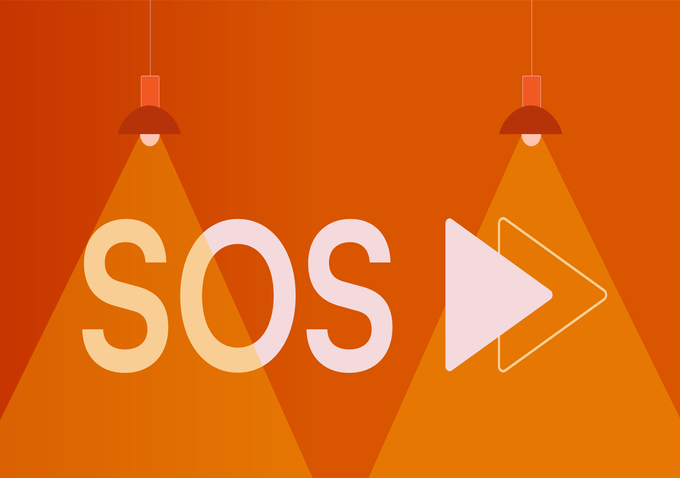

The Beauty and Power of Small Creative Victories

Written by Simon Kearney | Graphics by Jonathan Joseph
In the realm of creative work, especially the commercial side we do, we often encounter constraints that can feel like barriers. It can feel like losing control of our art.
From tight deadlines to tough clients, these restrictions can feel like an affront to our creative spirit. However, choosing to think about it a different way can help unlock even greater creativity and put you back in charge.
Think of the process as winning a series of small victories in order to win the war. It’s a process that embraces the philosophy of stoicism by understanding what you do and do not control in every experience. In other words, to truly play as a creative you need to know where the fences that surround the playground are. This gives you control over the creative you’re working on.
Working effectively with what you have
The celebrated American graphic designer David Carson got me thinking about this while watching one of his MasterClasses. He brought it up in the context of working with a large multinational, Microsoft. On this job he had to reframe his thinking to work with what he could control. In this particular case it started with a proprietary font he had to use. He conceded he was stuck with it, so he went to work with the spacing, upper case and lower case, italics, sizes, and so on. There are a million creative choices to make, once you define the frame you can play with. (If you’re familiar with Carson’s work, he plays a lot with fonts and typography.)
What I realised though, his approach wasn’t limited to the boundaries created by a large client brief. He’d taken the same approach when working for the skateboarding magazines where he started out. And the approach helped define his career and creativity. In the skateboarding mags it was the opposite problem. A lack of large budgets meant he often had to work with what he had at hand. Different set of restrictions, same approach to creativity.
It’s all mindset. While we’re working on that big corporate account, lamenting our lack of freedom to create, remember that even a free-wheeling publisher will only entail a different set of limitations.
This is basically a recognition of control within constraints. This concept aligns closely with Stoic philosophy. Stoicism teaches the art of distinguishing between what we can control and what we cannot. It urges us to focus our energy only on what we can control. Often, that starts with our thoughts. Define the boundaries and let loose within that framework. Then the work becomes a testament to the designer’s skill not a cautionary tale about their forbearance.
Everyone encounters boundaries
It is about personal agency. Work out where your personal agency begins and ends as a creative, particularly when it comes to your professional work.
Very few people anywhere have complete freedom. Even Presidents, CEOs and billionaires have bosses. Be it boards, clients, shareholders or a formerly adoring public – all these people are beholden to someone. It is telling that even with hundreds of millions of dollars to spend, those working on big budget movies or huge ad campaigns often say they come up against the same problems they had on smaller jobs.
Complete freedom is a myth and it is also right in front of you, if you have the wisdom to grasp it. Liberty lies in understanding what you have the freedom to control and what you don’t.
These small victories help you cultivate resilience and adaptability. Every time we find a way to inject creativity into a restricted framework, we strengthen our ability to navigate future challenges with grace and even greater creativity. This resilience is invaluable, in all aspects of life.
By embracing constraints and focusing on what we can control, we open ourselves to a world of creative possibilities, if we’re willing to see them.
Read more from Click2View:
- Sending out an S.O.S.
- When Citizens Become the Press
- Which channel are you ignoring at your peril?
- Don’t be a noob. Here’s how to avoid visual cliches and make your content stand out.
Sign up to our newsletter for a weekly update on the latest content marketing news. Don’t forget to subscribe to our YouTube channel too!
Click2View is Southeast Asia’s premiere full-service independent B2B content marketing agency servicing clients like Microsoft, Google, Visa, Prudential, and the Lee Kuan Yew School of Public Policy.








